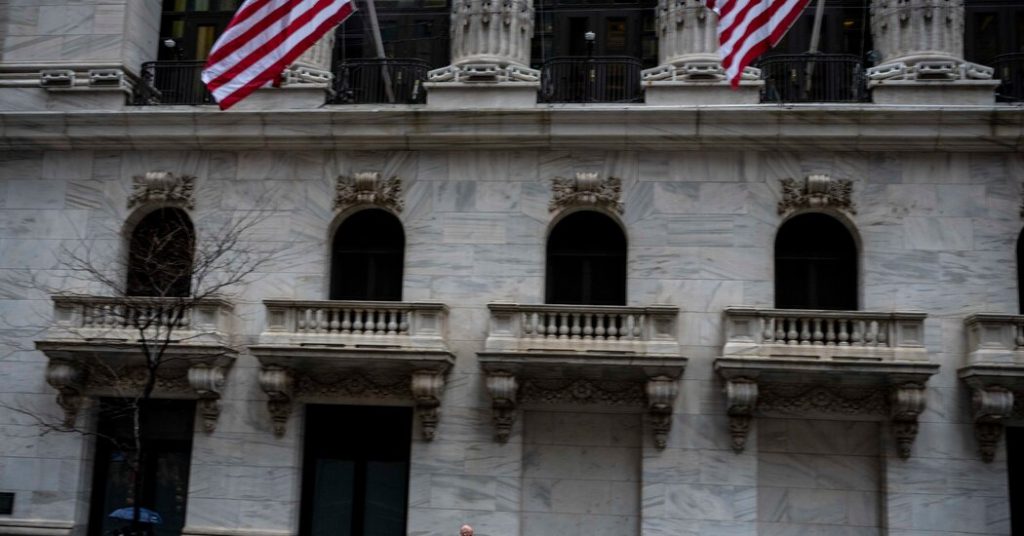Market Mayhem: How a False Tariff Pause Rumor Rocked Wall Street and Exposed the Perils of Unverified Information
The stock market, a barometer of investor sentiment and economic expectations, can be a volatile beast, susceptible to swings based on news, rumors, and even whispers. Last week, this susceptibility was on full display when an unsubstantiated report about a potential pause on Trump-era tariffs triggered a brief but significant market surge, underscoring the precarious nature of modern financial markets and the dangers of relying on unverified information in the fast-paced world of social media.
The rumor mill began churning with a social media post claiming that Kevin Hassett, then-director of the National Economic Council, had hinted at a possible 90-day pause on the tariffs. This claim, lacking any credible source, quickly gained traction when amplified by an influential X (formerly Twitter) account known as Walter Bloomberg (no affiliation with Bloomberg News). The snowball effect continued as CNBC, a major financial news network, picked up the rumor, flashing a headline based on the unconfirmed report. Reuters, another prominent news organization, then cited CNBC, further solidifying the rumor’s perceived legitimacy.
The market reacted swiftly and decisively. Stocks, particularly those sensitive to trade tensions, surged upwards. Investors, eager for any sign of relief from the ongoing trade disputes, interpreted the rumored tariff pause as a positive development, driving up share prices. This rapid market reaction demonstrated the powerful influence of news, even unconfirmed, on investor behavior.
However, the euphoria was short-lived. The White House quickly intervened, denouncing the report as "FAKE NEWS." CNBC and Reuters, realizing their error, issued corrections, acknowledging they had circulated unverified information. As the truth emerged, the market reversed course just as quickly, with stock prices retreating from their earlier gains. The brief rally, fueled by misinformation, evaporated, leaving investors to grapple with the consequences of acting on unconfirmed reports.
The incident sparked a wave of criticism and concern over the spread of misinformation in the digital age and its potential to disrupt financial markets. It exposed the dangers of the rapid-fire nature of social media and the 24/7 news cycle, where unverified information can be disseminated and amplified within seconds, reaching a vast audience before proper fact-checking can occur. The episode served as a stark reminder of the importance of verifying information from reliable sources before making investment decisions.
The fallout from the false tariff pause report extended beyond the immediate market fluctuations. It highlighted the vulnerability of financial markets to manipulation and the need for heightened vigilance in the face of online misinformation. The incident served as a cautionary tale, underscoring the importance of critical thinking, media literacy, and the responsibility of news organizations to uphold journalistic standards in the age of social media. It also raised questions about the role of social media platforms in combating the spread of misinformation, especially when it has the potential to impact financial markets. The incident emphasized the need for a more discerning approach to information consumption, particularly in the context of investing, where decisions based on false information can have significant financial repercussions. The rapid dissemination and amplification of the false rumor demonstrated the power and peril of social media in shaping market narratives, and the crucial need for investors and news organizations alike to prioritize accuracy and verification in the face of the constant flow of information.


